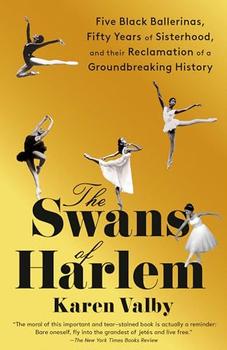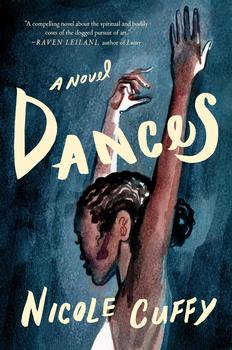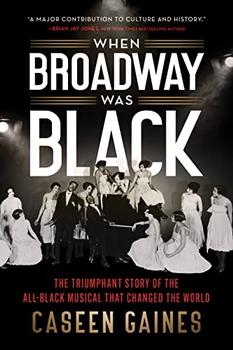Summary | Excerpt | Discuss | Reviews | Beyond the book | Read-Alikes | Genres & Themes | Author Bio

Five Black Ballerinas, Fifty Years of Sisterhood, and Their Reclamation of a Groundbreaking History
by Karen ValbyThe forgotten story of a pioneering group of five Black ballerinas and their fifty-year sisterhood, a legacy erased from history—until now.
At the height of the Civil Rights movement, Lydia Abarca was a Black prima ballerina with a major international dance company—the Dance Theatre of Harlem, a troupe of women and men who became each other's chosen family. She was the first Black company ballerina on the cover of Dance magazine, an Essence cover star; she was cast in The Wiz and in a Bob Fosse production on Broadway. She performed in some of ballet's most iconic works with other trailblazing ballerinas, including the young women who became her closest friends—founding Dance Theatre of Harlem members Gayle McKinney-Griffith and Sheila Rohan, as well as first-generation dancers Karlya Shelton and Marcia Sells.
These Swans of Harlem performed for the Queen of England, Mick Jagger, and Stevie Wonder, on the same bill as Josephine Baker, at the White House, and beyond. But decades later there was almost no record of their groundbreaking history to be found. Out of a sisterhood that had grown even deeper with the years, these Swans joined forces again—to share their story with the world.
Captivating, rich in vivid detail and character, and steeped in the glamour and grit of professional ballet, The Swans of Harlem is a riveting account of five extraordinarily accomplished women, a celebration of both their historic careers and the sustaining, grounding power of female friendship, and a window into the robust history of Black ballet, hidden for too long.
Journalist Karen Valby's first book, The Swans of Harlem, introduces readers to the little-known history of the Dance Theater of Harlem, which was founded in 1969 by Arthur Mitchell. Using interviews and research from print archives, Valby deftly crafts information into a compelling narrative centered around the company's ballerinas. The fact that none of the names were familiar to me demonstrated the need for the book's existence. I really enjoy histories like this that focus intimately on a small group of people. My biggest complaint is that the book needed a stronger sense of organization and fewer characters to keep track of. Despite those concerns, the book is easy to read and offers a vivid history to get caught up in...continued
Full Review
 (683 words)
(683 words)
(Reviewed by Erin Lyndal Martin).
In The Swans of Harlem, Karen Valby explains how Arthur Mitchell sought to make ballet appealing and relevant to a Black audience. He and his dancers regularly visited schools to give talks and performances. Mitchell loved to point out how ballet could help the students in their daily lives. He'd tell the boys how much higher they could jump during basketball if they learned to jeté. He would demonstrate how you could find ballet anywhere and would break down the latest dance trends to prove it—while making ballet more approachable at the same time.
One popular dance was the "Camel Walk." That was a ragtime dance popular in vaudeville in the 1920s, but it had a resurgence in the '60s and '70s as a retro craze—one that ...

If you liked The Swans of Harlem, try these:

by Nicole Cuffy
Published 2024
A provocative and lyrical debut novel follows a trailblazing Black ballerina who must reconcile the ever-rising stakes of her grueling career with difficult questions of love, loss, and her journey to self-liberation, from a sensuous new voice in fiction.

by Caseen Gaines
Published 2023
The triumphant story of how an all-Black Broadway cast and crew changed musical theatre—and the world—forever.
Judge a man by his questions rather than by his answers.
Click Here to find out who said this, as well as discovering other famous literary quotes!